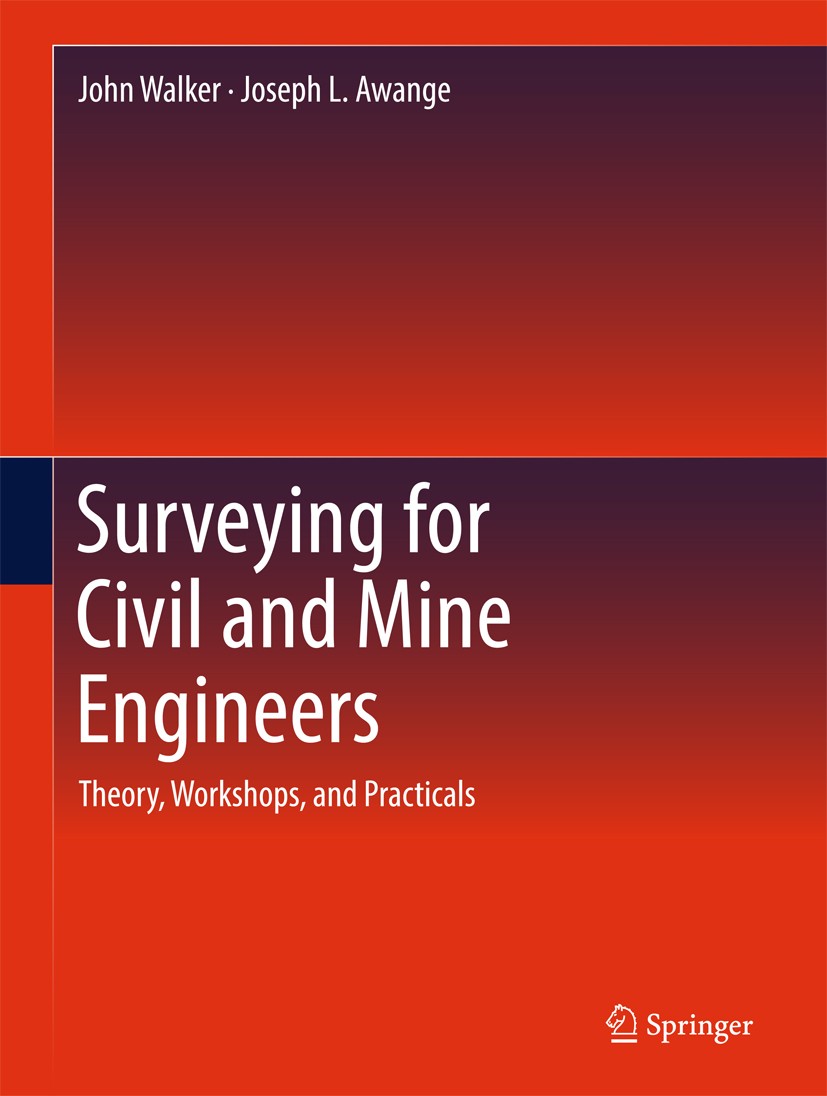| 书目名称 | Surveying for Civil and Mine Engineers | | 副标题 | Theory, Workshops, a | | 编辑 | John Walker,Joseph L. Awange | | 视频video | http://file.papertrans.cn/883/882677/882677.mp4 | | 概述 | Serves as "how to" guide specifically for the civil or mining engineer.Provides excruciating detail to solutions of many illustrated problems.Includes no maths beyond secondary school level (addition, | | 图书封面 |  | | 描述 | .".Indeed, the most important part of engineering work—and also of other scientific work—is the determination of the method of attacking the problem, whatever it may be, whether an experimental investigation, or a theoretical calculation. … It is by the choice of a suitable method of attack, that intricate problems are reduced to simple phenomena, and then easily solved.." .Charles Proteus Steinmetz..The structure of this book is to provide a sequence of theory, workshops and practical field sessions that mimic a simple survey project, designed for civil and mining engineers. The format of the book is based on a number of years of experience gained in presenting the course at undergraduate and post graduate levels. The course is designed to guide engineers through survey tasks that the engineering industry feels is necessary for them to have a demonstrated competency in surveying techniques, data gathering and reduction, and report presentation. The coursei.s not designed to make engineers become surveyors. It is designed to allow an appreciation of the civil and mine engineering surveyor’s job. There are many excellent text books available on the subject of engineering surveying, | | 出版日期 | Book 20181st edition | | 关键词 | Land Surveying Methods; Civil Engineering; Mine Engineering; GNSS; Construction; mineral resources; remote | | 版次 | 1 | | doi | https://doi.org/10.1007/978-3-319-53129-8 | | isbn_softcover | 978-3-319-85070-2 | | isbn_ebook | 978-3-319-53129-8 | | copyright | Springer International Publishing AG 2018 |
The information of publication is updating

|
|
 |Archiver|手机版|小黑屋|
派博传思国际
( 京公网安备110108008328)
GMT+8, 2025-12-14 17:50
|Archiver|手机版|小黑屋|
派博传思国际
( 京公网安备110108008328)
GMT+8, 2025-12-14 17:50


